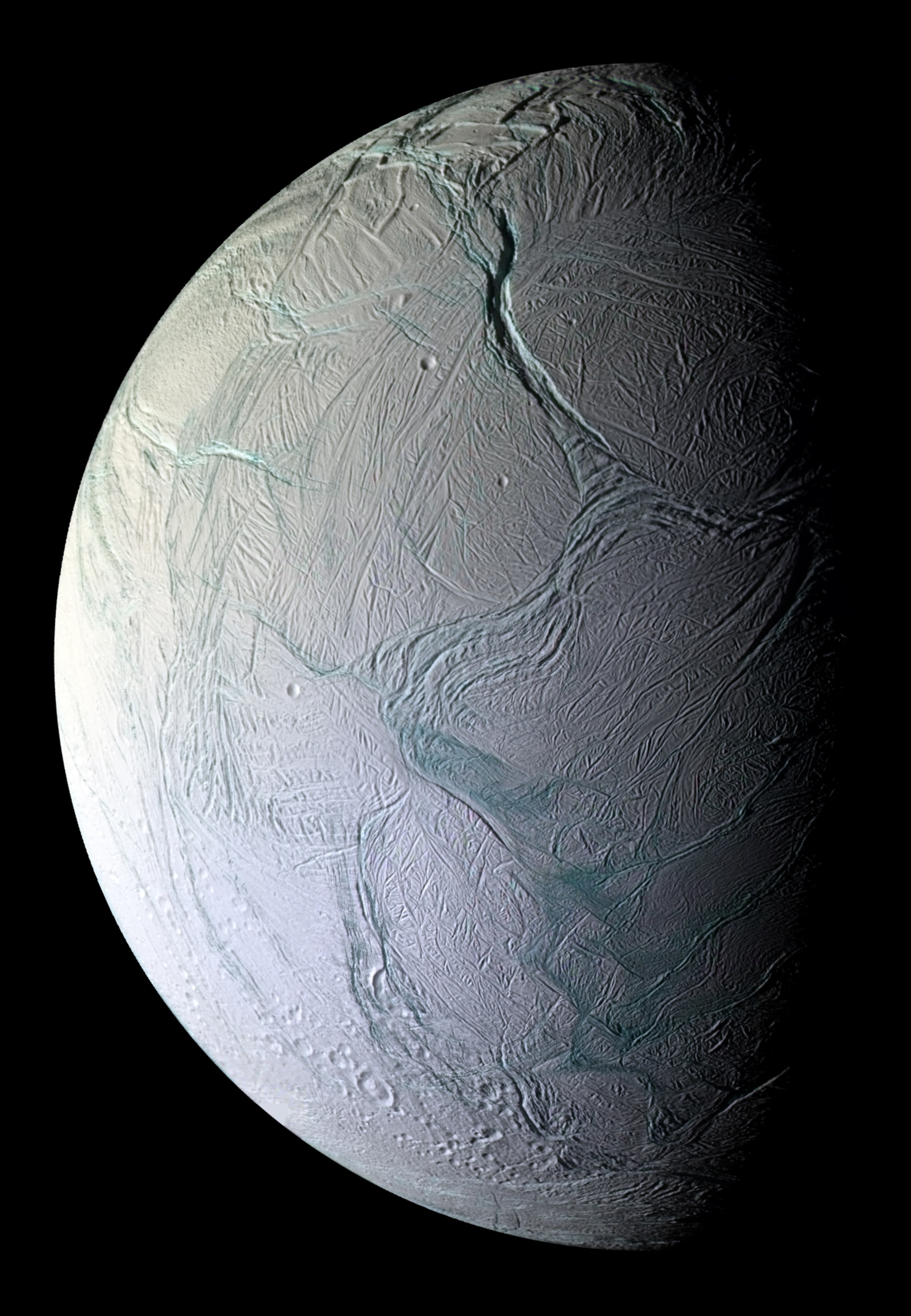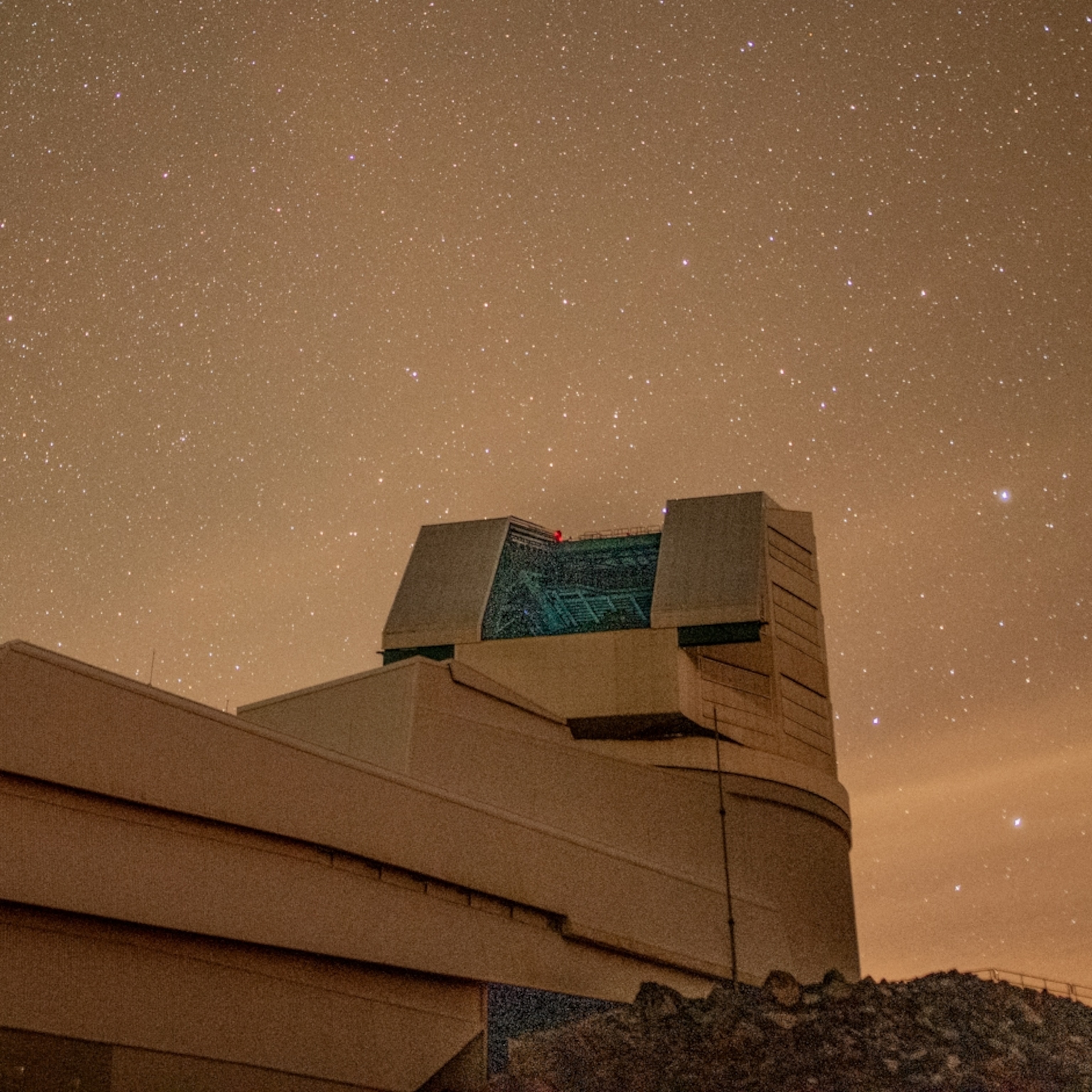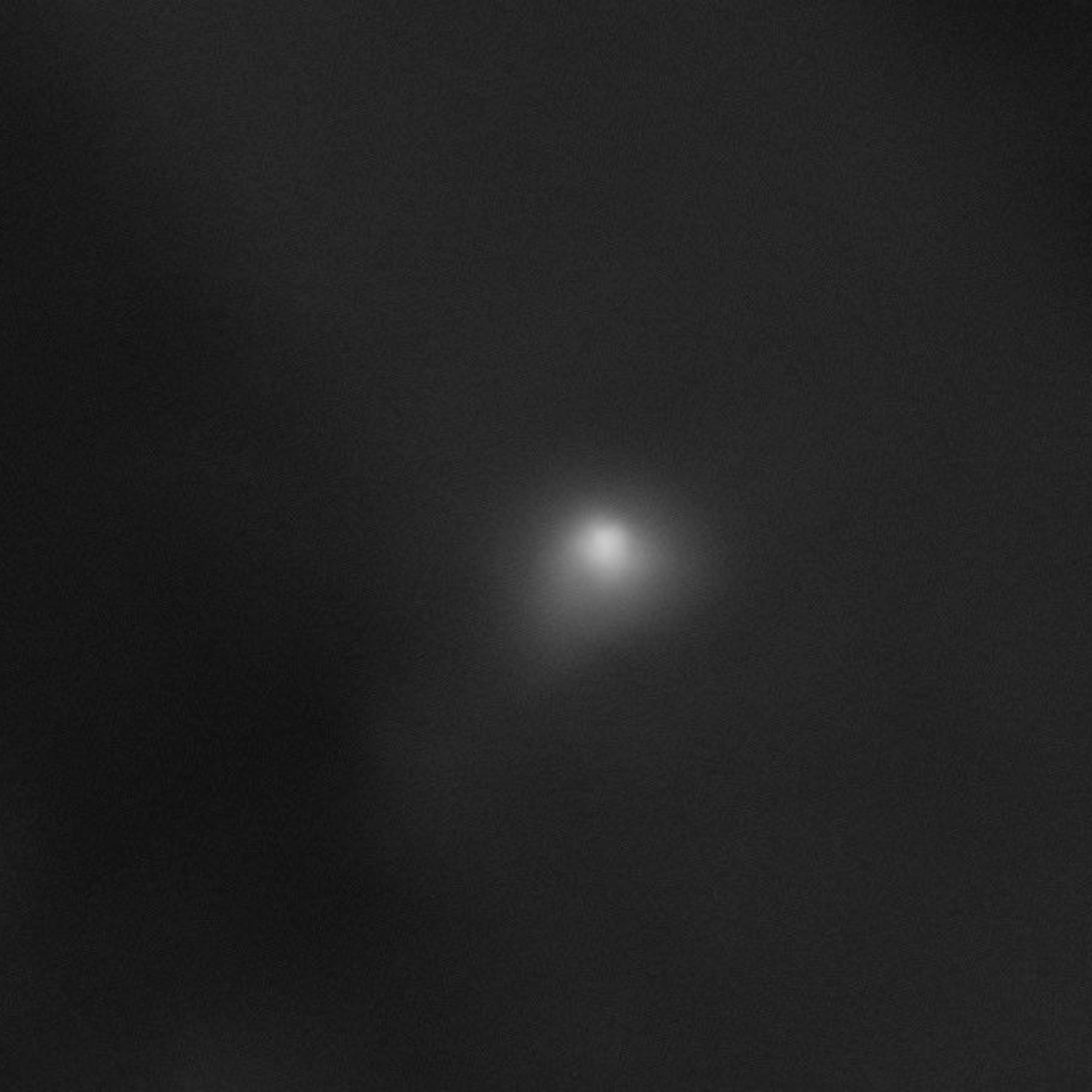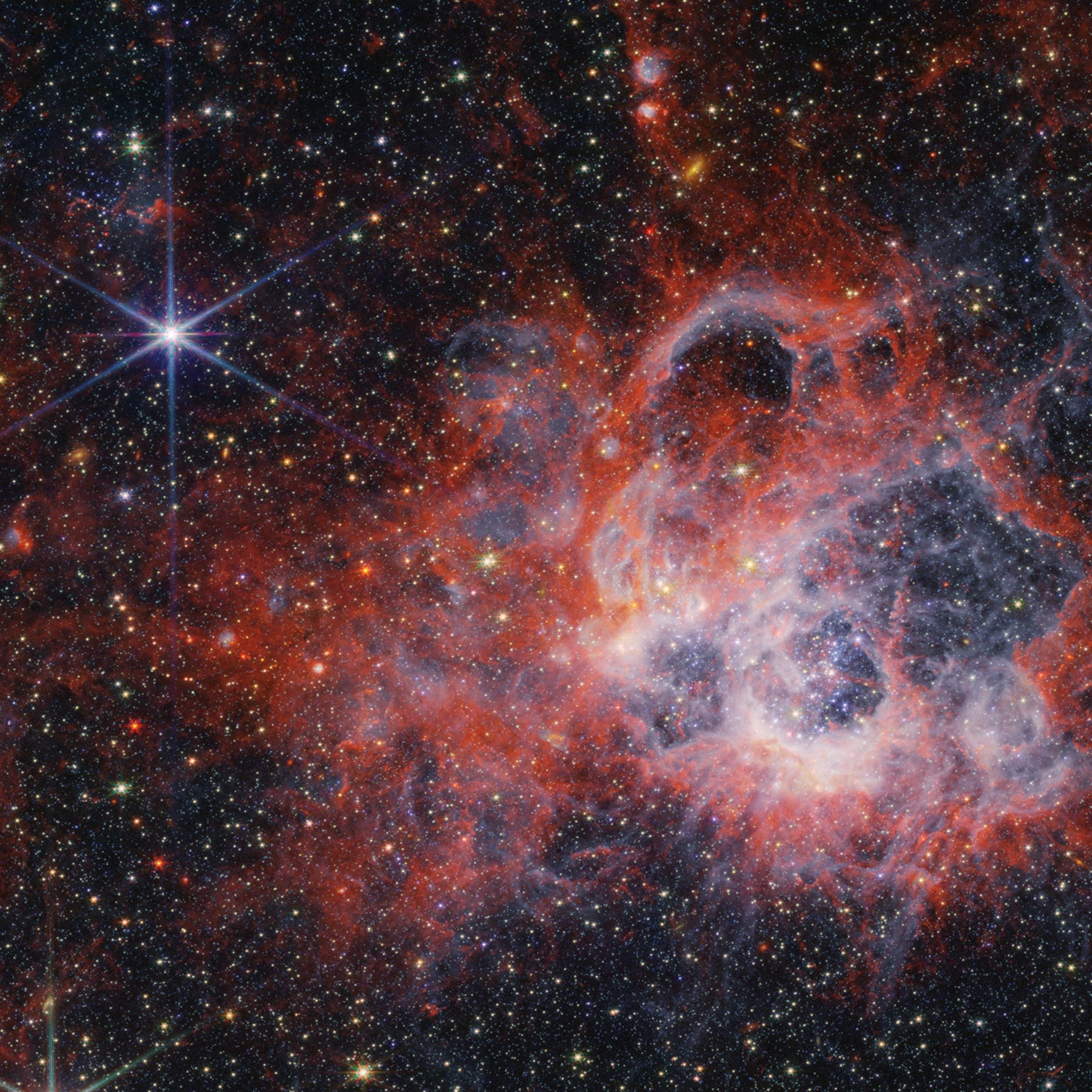
NASA has been ignoring Uranus. That may soon change.
The ice giant could represent the galaxy’s most common type of planet, but we know very little about it. Now scientists have declared that seeing the world up-close is a top priority.
Uranus is perhaps the strangest planet in the solar system. At some point during its history, the ice giant was knocked over, leaving it spinning on its side. More than a dozen rings circle the world, and some 27 moons cling to it. The planet’s atmosphere is a collection of hydrogen, helium, and heavier compounds that exist as ices deep in the frigid Uranian clouds.
But beyond a handful of intriguing facts, scientists know woefully little about this milky blue world, which was visited for the first and only time by the Voyager 2 spacecraft in 1986. That could be about to change.
A report prepared by planetary scientists and released this week has recommended that NASA make a mission to Uranus a top priority for the coming decade, perhaps launching a spacecraft to the seventh planet from the sun—as well as a thousand inevitable jokes—as soon as 2031.
“I think we’re going to see some real extraordinary surprises there and learn a tremendous amount about planet formation in general, and we may discover some new ocean worlds,” says Cornell University’s Jonathan Lunine, who chaired the report’s panel on giant planets.

One big draw is that Uranus—and Neptune, the solar system’s other ice giant—might be representative of the most common type of planet in the galaxy. Scientists think that solving the mysteries of Uranus, such as its odd magnetic field, shrouded interior structure, and surprisingly frosty temperatures, could be crucial not only for understanding ice giants across the Milky Way, but also for unlocking clues about the history of our solar system.
The proposed mission, called the Uranus Orbiter and Probe, would release a small probe to sniff the planet’s atmosphere while an orbiter zips around the Uranian system for years. It’s a plan similar to NASA’s highly successful Cassini mission, which explored the Saturn system from 2004 to 2017.
“The returns for this mission will be so rich, they will touch on almost every field of planetary science,” says planetary astronomer Heidi Hammel of the Association of Universities for Research in Astronomy. A plush toy of Uranus hangs out behind her during our video call, and before we hang up, the fuzzy blue planet offers me a high five. “I’m pretty happy,” Hammel says.
Interplanetary spacecraft of the future
Every decade, the planetary science community lays out a set of recommendations for what to prioritize during the next 10 years of exploration and research. The resulting document, known as the planetary decadal survey, is used as a guide by NASA and the National Science Foundation as they decide which projects to invest in.
The last decadal survey, published in 2011, recommended that the community prioritize a multi-pronged Mars sample return mission. NASA’s Perseverance rover is currently completing the first phase of this assignment as it traverses the red planet’s surface, collecting and storing Martian rock and dirt for eventual return to Earth. The 2011 survey also recommended a mission to Jupiter’s icy moon Europa, which is one of the most promising places in the solar system to search for life. That led to the Europa Clipper spacecraft, which is scheduled to launch in 2024.
Last decade’s survey ranked a mission to Uranus as its third-highest priority.
“You know, to have two decadal surveys in a row now recommend going to Uranus—that’s a good thing,” Hammel says. ”It’s showing consistency and showing the desire of the planetary science community to get back to that system.”
The 2022 decadal survey emphasized the importance of looking for life beyond Earth in our solar system, particularly subsurface life, meaning organisms that might survive beneath the Martian surface or in the oceans sloshing inside alien moons. “NASA should accelerate the development and validation of mission-ready life-detection technologies,” decadal survey co-chair Robin Canup of the Southwest Research Institute said during a briefing about the report. A visit to Enceladus, an icy moon of Saturn that might host a thriving biosphere in its subsurface ocean, is the second-highest ranked new flagship mission, even though it wouldn’t arrive until the 2050s when conditions are more favorable to explore the moon’s eruptive south pole.
Nevertheless, Uranus, a world that’s very unlikely to host life as we know it, was selected as the highest priority mission in the 2022 report.
“It was clear to us that Uranus had the sweet spot in terms of things yet to be explored and discovered,” Lunine says. “I think it sells itself as a mission.”

The frigid realms of Uranus
Named for the Greek god of the night sky, Uranus may be key to understanding the thousands of planets orbiting faraway stars that scientists have spotted so far, many of which are roughly the same size as the ice giant.
“Uranus might be representative of the most common type of exoplanet out there, and we know so little about it that any science we'd get from the Uranus system would be invaluable,” planetary scientist Paul Byrne of Washington University in St. Louis writes in an email. “I can't wait to see this mission fly!”
We don’t know how or when Uranus tipped over, or how such an off-kilter planet held on to such an orderly system of moons. Scientists don’t know much about the planet’s interior structure, or why it’s so much colder than Neptune. And Voyager observations of the planet’s magnetic field show that it’s “really screwy, really offset, and tilted,” Hammel says.
Over the decades, the Hubble Space Telescope and Earth-based observatories have spied strange thermal signatures among the planet’s rings, an eruption of bright clouds across its surface, glowing auroras, and powerful winds. Scientists even spotted additional moons as recently as 2003.
The proposed mission, which could cost as much as $4.2 billion, would dramatically improve our understanding of the Uranian system. As planned, a probe will descend through the planet’s atmosphere and take detailed measurements of its composition. A larger orbiter, outfitted with multiple science instruments, will spend years scrutinizing the planet, its rings, and its moons.
“Multiple of these moons are amazing to look at and show signs of activity on their surfaces,” Canup says.
Among the planet’s moons, which are named after characters from the works of William Shakespeare and Alexander Pope, is the oddball Miranda. By far one of the strangest moons in the solar system, Miranda looks like it was designed by committee, with landscapes that are haphazardly patched together. And we don’t even know what the backside of this Franken-moon looks like—Voyager’s grainy images only cover half of the little world.
Perhaps even more important is finding out whether some of the icy moons orbiting Uranus, such as Titania or Oberon, could have oceans tucked beneath their crusts like Europa and Enceladus. Those oceans would have rocky bottoms, Lunine says, and perhaps a richer supply of organic materials, which are required by life as we know it, than moons that live nearer the sun.
“Wouldn’t that be cool if one or more of the Uranian moons had an ocean?” Lunine says.
Waiting for Uranus
Planetary scientists will have to wait a while for their close-up of Uranus, because it takes years, decades even, for spacecraft to arrive in the outer solar system.
As designed, the Uranus Orbiter and Probe could launch aboard a SpaceX Falcon Heavy rocket between 2031 and 2038 or later, to take advantage of a favorable alignment of the planets. Once in space, the fastest possible journey takes about 13 years, meaning the spacecraft wouldn’t pull into orbit around Uranus until the mid-2040s at the earliest.
But Hammel and others who’ve spent years studying the ice giants with relative scraps of data aren’t upset that this mission might arrive after they’ve stopped professionally studying planets—or as Hammel puts it, when she’s teetering around in a retirement home.
“This mission isn’t for me. It’s for the next generation,” Hammel says. “Twenty years ago, I might have said, I really want this, I want to get there before I retire. And that changed. It became: I want to see it launched before I retire, because then I know it will be real.”








